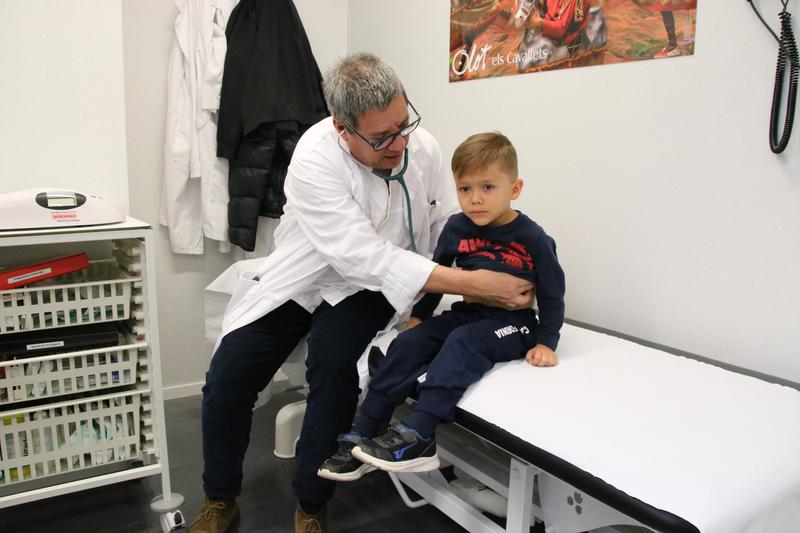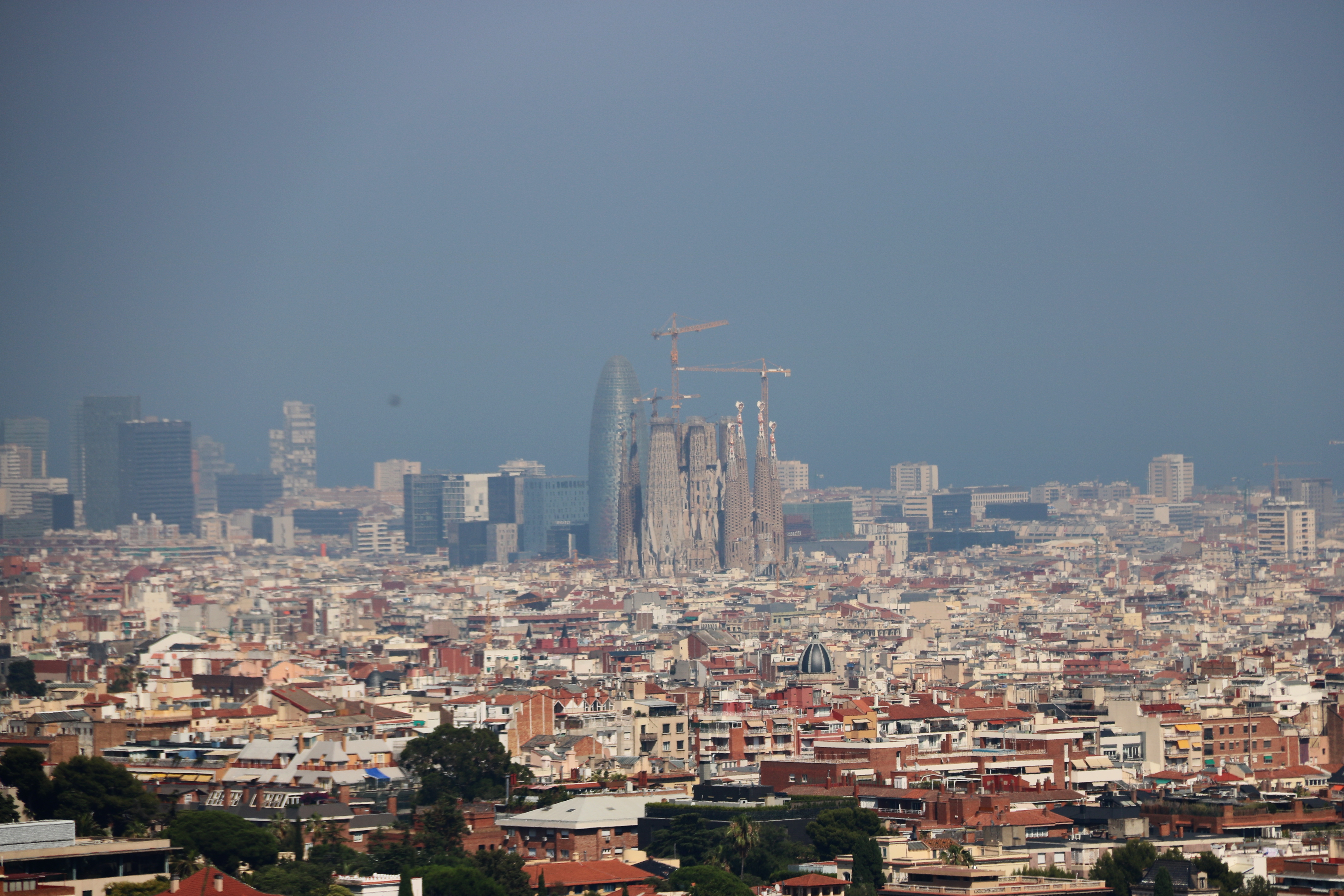Health experts sound alarm over air pollution-related respiratory problems
Episodes of poor air quality increase hospital admissions in Girona region, mainly among children

Health professionals in the Girona region have noticed an increase in hospital admissions for respiratory and cardiovascular diseases following episodes of air pollution.
"When we have poorer air quality, we also have more respiratory pathologies in children," explains Ferran Campillo, a pediatrician specializing in environmental health at the Olot and Garrotxa Hospital Foundation.
Asthma, recurrent bronchitis or bronchiolitis are the most common respiratory diseases in children after episodes of air pollution, the doctor explains.
Various scientific studies, Campillo explains, show that "air pollution affects different organs and systems of the body."
There is also evidence that air pollution has adverse effects on mental health and on children's neurodevelopment.
"Children who live or go to school in environments with poor air quality show poorer cognitive development and academic performance," he explains.
In adults, it has been found that these episodes of air pollution are associated with "an increase in cardiovascular pathologies, particularly strokes."
"Scientific studies show that after an episode of poor air quality, mortality from stroke increases with a lag of one month," he explains.

The current drought in Catalonia, the worst since records began more than a century ago, is exacerbating air pollution.
"The lack of rain, especially when it is cold, increases particulate matter, and we have been able to observe a correlation between admissions and peaks in air pollution," he says.
To address this issue, health centers in the Girona region are calling for an increase in the number of air quality monitoring stations in the region.
Most of these stations installed in Catalonia are concentrated in the Barcelona metropolitan area, where there are currently more than thirty.
In the Girona region, there are currently only five stations, and they are not capable of monitoring all air pollutants or providing real-time information.
